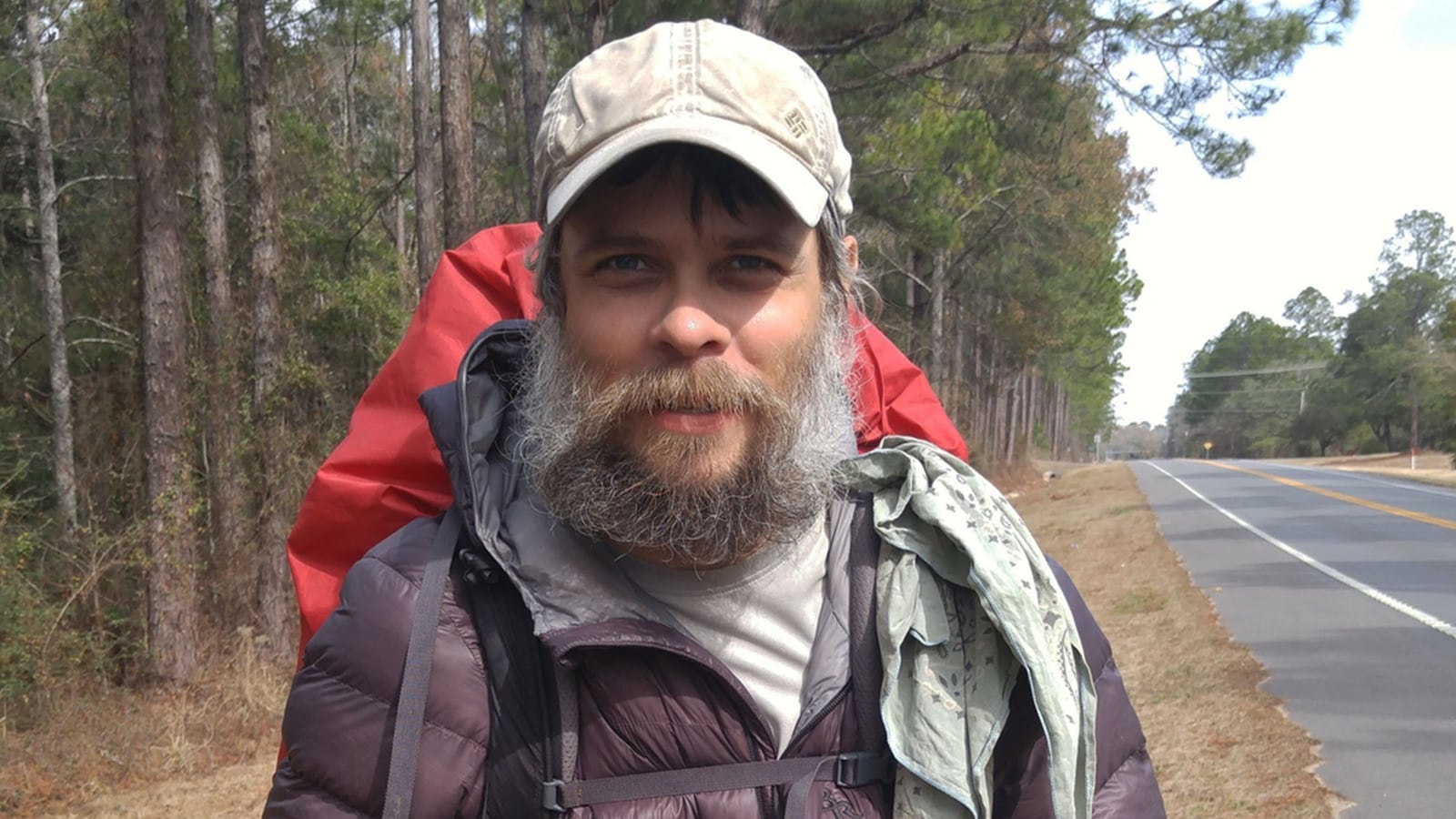The best and worst of the internet are on full display in They Called Him Mostly Harmless, director Patricia E. Gillespie’s documentary about online detectives’ quest to help law enforcement identify a male hiker who was found dead in South Florida’s Big Cypress National Preserve.
A case whose every new detail simply raised more perplexing questions, it quickly attracted the rabid attention of cybersleuths, whose assistance in chasing down leads was at least partially offset by their toxic behavior toward each other and potential suspects. Such fraught push-pull dynamics are everywhere in this Max doc (Feb. 8), whose mystery took years to solve and whose revelations underlined that real-world narratives don’t always conform to fiction-inspired expectations.
On July 23, 2018, a hiker called 911 to report the discovery of a corpse in a tent in Big Cypress National Preserve. When lead detective David Hurm arrived on the scene, he was confronted with a series of puzzling details. The deceased was horribly emaciated (83 pounds, to be exact), as if he had fatally starved, but his tent contained money and food, and it was within walking distance of a truck stop where he could have procured something to eat or medical care. He had no visible injuries on his body, nor were there any signs of trauma or a struggle. There were no drugs present, and toxicology tests later revealed that the only thing in his system was Tylenol. Moreover, he had no wallet, IDs, or any items indicating a name or an address; the biggest clue was a journal full of computer code that Hurm and others couldn’t decipher.
With practically nothing to go on, Hurm and his colleagues created a flyer with a touched-up composite image of the unknown man’s bearded face. That caught the eye of Kelly Fairbanks, a “Trail Angel” (i.e., someone who provides snacks and resources to hikers) who immediately recognized him as the individual she’d encountered on the Appalachian Trail, where he’d introduced himself by his trail name “Mostly Harmless.” During this brief meeting, she’d taken a picture of Mostly Harmless—who said he didn’t have a phone, which struck Kelly as reckless—and she posted it to an online Florida trail group. It promptly blew up, especially in a different Facebook group frequented by Richmond, Virginia-based delivery woman Christie Harris, who had always longed to be an FBI agent, and who became so consumed by this missing persons case that she was swiftly promoted to group moderator.

As Mostly Harmless’ photo circulated, additional people came out of the woodwork with stories about meeting him along the Appalachian Trail. In those various anecdotes, he was described as a friendly guy with an abnormally large backpack and a desire to keep his true identity secret. According to They Called Him Mostly Harmless participants, this wasn’t strange, considering that people often join the hiking community because they’re looking to escape or start over in some fashion. To them, Mostly Harmless was just another itinerant on his own personal journey, and the fact that he didn’t shy away from contact with others (such as Marge “MJ” Creech and Brandon Dowell, who both spent time in his company, and knew him by the trail moniker “Denim”) made him appear to be a normal guy in search of peace, quiet, and occasional communion with kindred spirits.
Mostly Harmless’ notebook led investigators to Screeps, an online game for programmers, yet as explained by Nick Thompson—who was Wired’s editor in chief at the time—that too was a dead end. Cybersleuths, however, didn’t let up, and their online Facebook groups eventually boasted thousands of members. Their crowdsourcing efforts begat numerous tips, many of them stupid, like the idea that Mostly Harmless was an alien, or a time traveler, or a ghost. At the same time, hostilities arose between Christie and Natasha Teasley, the latter an outdoorswoman who wound up taking over Christie’s Facebook group. Online animosities flourished, complete with all sorts of nasty and unhinged posts, creating an environment that was as much a distraction as it was a benefit.

Hiker Brandon Dowell, met “Mostly Harmless” in Georgia 8 months before he died.
Courtesy of MaxThis techno-noxiousness was part of what Mostly Harmless had abandoned by cannily covering his digital footprints before embarking on the Appalachian Trail. Nonetheless, Christie, Natasha, and their ilk were also strangers who’d united for a common cause that they thought was noble, and They Called Him Mostly Harmless proves most interesting as a story about the various ways in which people both come together and go it alone in order to fill (or at least cope with) the holes in their lives. Gillespie’s film makes clear that such measures aren’t always productive or sane, as was the case with Ben Reynolds, who’d created an online journal about using hiking to grapple with a cancer diagnosis, and who became the harassed focus of many cybersleuths convinced that he was Mostly Harmless.
True enlightenment about Mostly Harmless came courtesy of a confluence of events: a blockbuster Wired article about the case; a DNA profile from genetics company Othram, which pointed everyone in the direction of Louisiana (where Mostly Harmless had said he was from); and ultimately a tip received by Christie that finally put a name to the face. Mostly Harmless, it turned out, was Vance Rodriguez. Rather than a happy ending to a bizarre and tragic tale, however, this news came with bombshells about the man so many had turned into a romantic victim of mysterious circumstances. Vance was a loner with what sounded like severe mental health issues that had alienated him from his family. Worse, they had apparently contributed to making him a serial abuser of women, as multiple girlfriends claimed. As Thompson says, the reason Mostly Harmless had been so difficult to identify wasn’t just that he was immensely good at hiding his tracks—it was also because he was an ”asshole” whom nobody wanted to find.
Consequently, They Called Him Mostly Harmless is a portrait of two people—the affable nomad Mostly Harmless, and the violent and unstable Vance Rodriguez—and, by extension, the sometimes stark differences between the fantasies that true-crime stories lead us to believe, and the harsher realities of the world.







